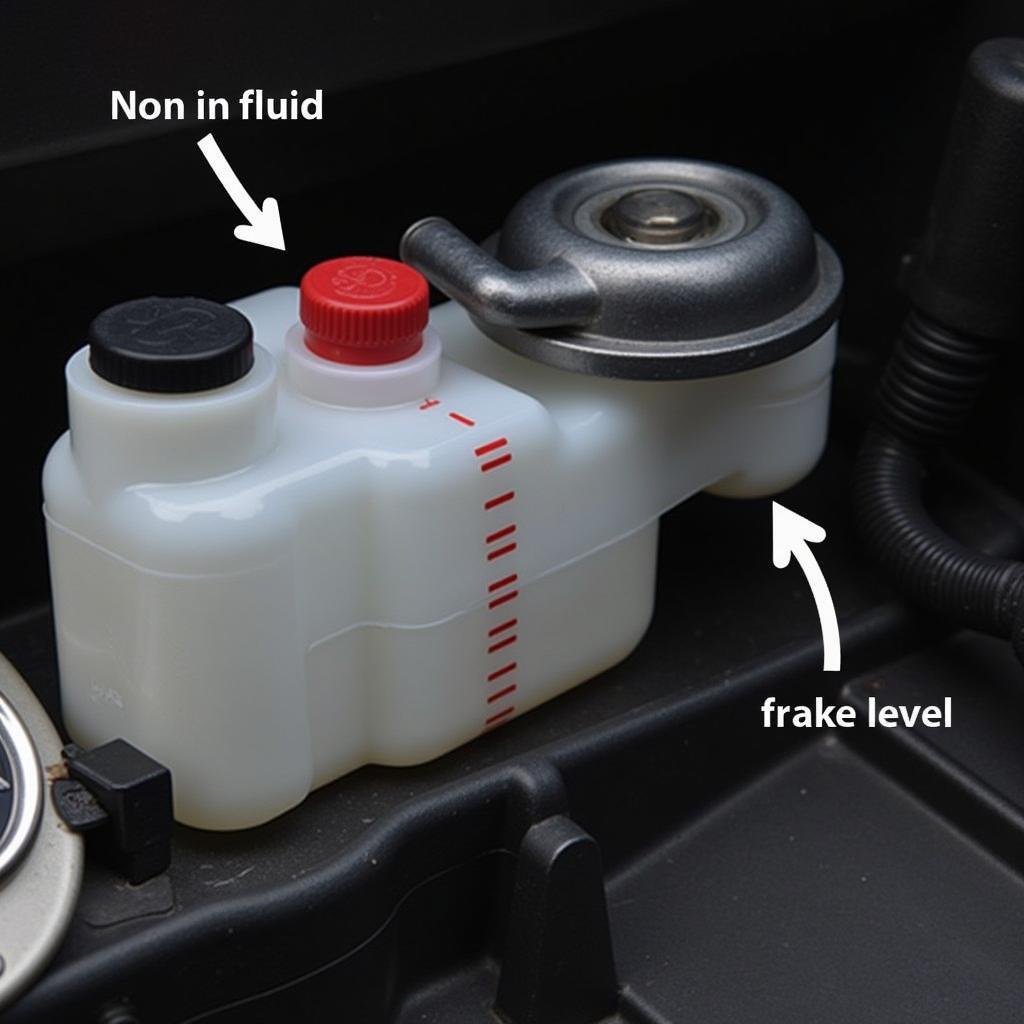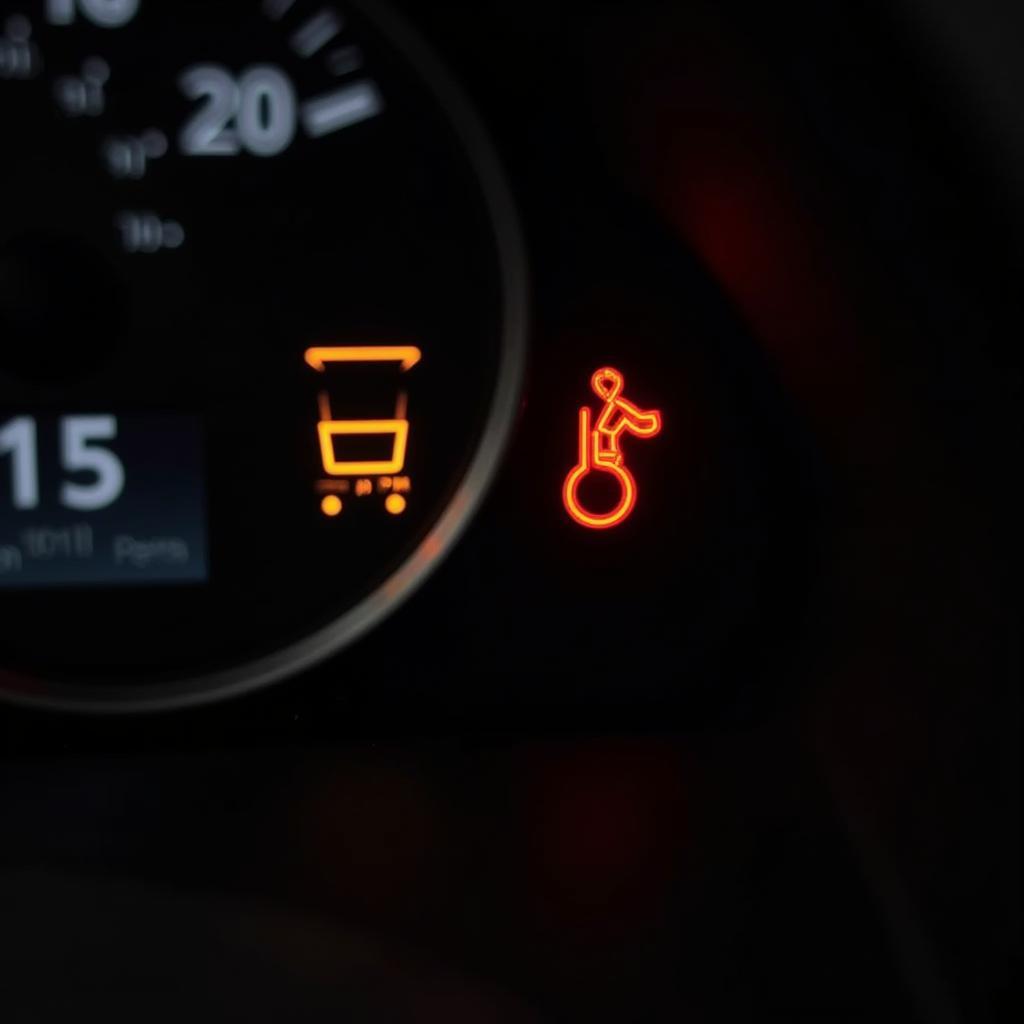Upgrading your car’s audio system with Bluetooth connectivity is a game-changer. In this guide, we’ll cover everything you need to know about replacing your car radio with a Bluetooth-enabled model. We’ll delve into the benefits, the installation process, and even address some common troubleshooting tips.
Why Choose a Bluetooth Car Radio?
Beyond just listening to music, a Bluetooth car radio offers a host of advantages. Hands-free calling dramatically increases safety, allowing you to keep your focus on the road. Streaming audio from your smartphone provides access to a vast library of music, podcasts, and audiobooks. Some advanced models even offer features like navigation, smartphone integration, and voice control.
“Hands-free calling is essential for modern drivers. A Bluetooth car radio allows you to stay connected while prioritizing safety,” says John Smith, Senior Automotive Electronics Technician at AutoTech Solutions.
Selecting the Right Bluetooth Car Radio
Finding the perfect replacement car radio with bluetooth can feel overwhelming. Consider factors such as single DIN vs. double DIN size, power output, display type, and additional features. Do you need Apple CarPlay or Android Auto? Do you prefer a touch screen or traditional buttons? Researching these aspects beforehand will ensure you choose the ideal replacement bluetooth car radio for your vehicle and needs.
Installing Your New Bluetooth Car Radio
While professional installation is always an option, many car owners choose the DIY route. Begin by disconnecting the negative battery terminal. Next, carefully remove the old radio using a dash kit or removal tools. Connect the wiring harness of the new bluetooth car radio replacement to your car’s wiring, paying close attention to the wiring diagram. Slide the new radio into the dash and secure it. Reconnect the battery and test the functionality.
Troubleshooting Common Installation Issues
Sometimes, things don’t go as smoothly as planned. If your new radio isn’t powering on, double-check the wiring connections and the fuse. If you experience poor sound quality, verify the speaker connections and adjust the audio settings. “Always refer to the user manual for specific troubleshooting steps related to your particular model,” advises Maria Garcia, Certified Automotive Technician at Car Electronics Specialists.
Making an Old Car Radio Bluetooth Compatible
If you have a classic car and want to retain the original radio, consider making an old car radio bluetooth. Bluetooth adapters provide a simple and affordable solution. These adapters connect to your existing radio’s auxiliary input or cassette deck, enabling wireless audio streaming from your smartphone. This method offers a seamless blend of vintage aesthetics and modern technology. For a 1956 Ford, for example, you can find a compatible solution and learn more about 1956 ford car replacement radio bluetooth online.
Conclusion
Replacing your car radio with a Bluetooth model is a worthwhile upgrade. It enhances safety, convenience, and entertainment in your driving experience. By following the steps outlined in this guide, you can successfully install a new Bluetooth car radio and enjoy its many benefits.
FAQ
- How do I pair my phone with my new Bluetooth car radio? Refer to your radio’s user manual for specific pairing instructions.
- Can I install a double DIN radio in a single DIN slot? No, you need a compatible dash kit and potentially modifications.
- What if my steering wheel controls don’t work with the new radio? You may need a steering wheel control adapter.
- How can I improve the sound quality of my Bluetooth connection? Check for interference and adjust the audio settings.
- Where can I find professional installation services? Local car audio shops or electronics retailers often offer installation.
- What is the average cost of a Bluetooth car radio? Prices vary depending on features and brands.
- Can I play music from a USB drive with a Bluetooth car radio? Most Bluetooth car radios also have USB inputs.


